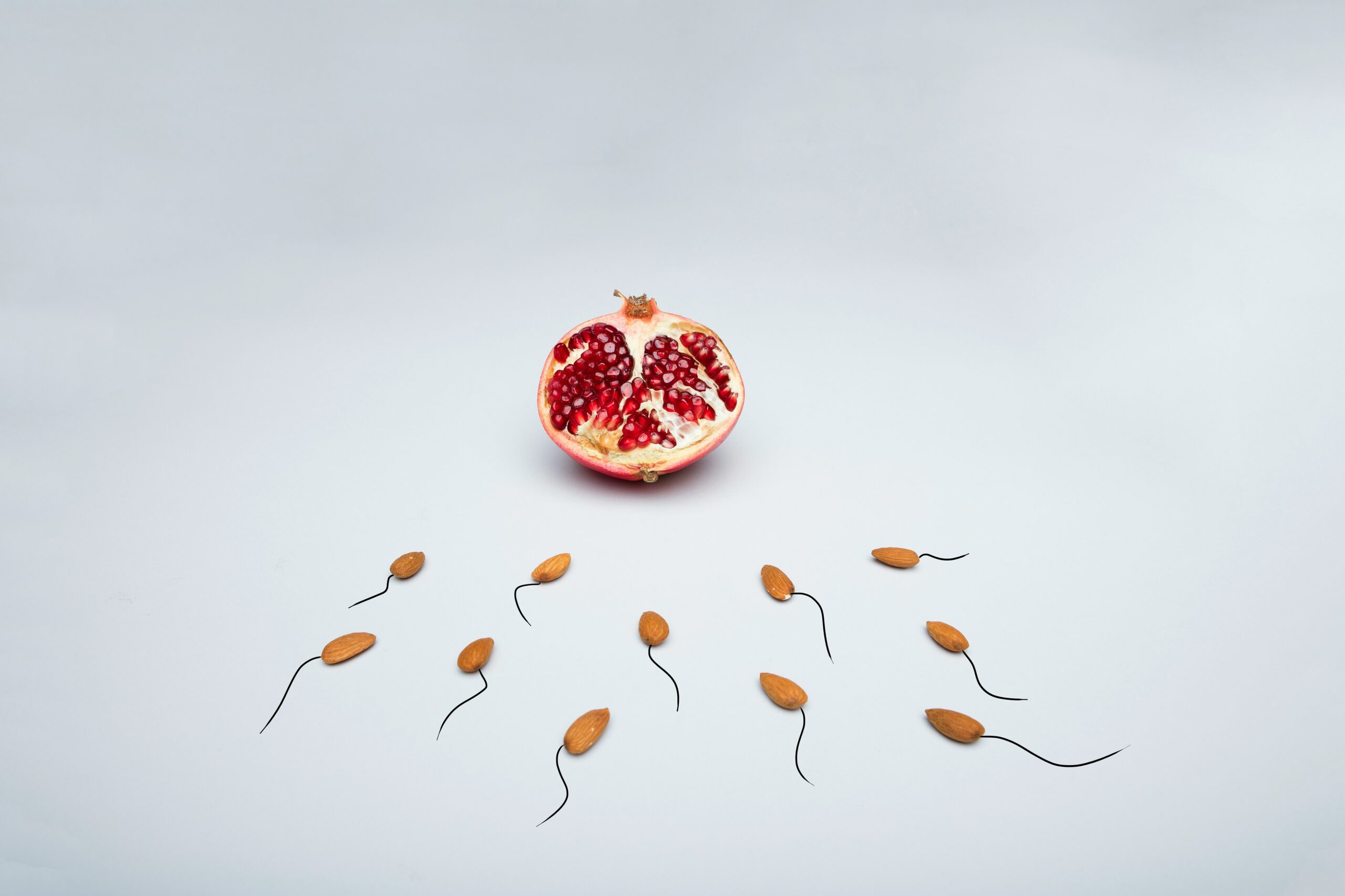Could this be the moment when UK manufacturing finally embraces robotics and automation?
For decades we have lagged far behind our G7 counterparts. Yet even before the onset of Covid-19 there were signs this could be changing. The circumstances we now find ourselves in may even accelerate this adoption.
People, Protection & Productivity
When we officially exited the EU at the end of January, one of the major issues that manufacturers faced was labour shortages. With an ageing workforce and employment already at a record high, staffing facilities was already considered difficult and likely to get harder with the introduction of new controls on migration.
Since then the employment numbers have deteriorated. Yet, for manufacturers little else has changed. In practice, despite fears that robots will steal jobs, the truth is that they take on the dirty, repetitive and dangerous tasks that it is difficult to recruit for. This not only helps to address immediate labour gaps but also makes roles more attractive, making recruitment and retention simpler.
Added to the above, we can now factor in other issues that should spur automation’s adoption. One of these is the need to ensure social distancing by enabling operations to continue without people needing to work within close proximity to their colleagues.
Another is the requirement to increase output per worker so that businesses remain viable. If we’re to jump-start the economy when this is over then UK manufacturers can’t continue to be around 30% less productive per hour than their German counterparts. This will require huge increases in our robotic density of 74 robots per 10,000 workers in manufacturing to get closer to the robotic density of 309 which we see in Germany.
Finally, we should also consider the issue of the UK’s self-sufficiency and reliance on exports, which is likely to receive more consideration going forward. It is best illustrated by the current challenges surrounding the sourcing of personal protective equipment (PPE) for the NHS, care homes and other key workers. The UK has grown used to being able to import such items in sufficient volumes from its network of global partners. However, amidst of a global pandemic these supply lines have quickly dried up leaving us with real problems.
Once the current crisis has passed, we are likely to see a new determination from businesses and the public to reduce our exposure to such risks and to increase our resilience. This will require a determined commitment to ensuring our local production and processing capacity for a wide range of essential items is enhanced. It will also require increased automation if we are to do so while producing items at a cost comparable to lower-wage markets. Plus, there are all of the additional knock-on benefits to consider, such as faster delivery times, simpler supply chain logistics and a reduced carbon footprint.
Time to Automate
Everybody is suffering right now from the physical, social and economic damage caused by this terrible virus. We would all prefer it never to have reared its ugly head or to have changed life in the UK so dramatically.
However, we can also be optimistic about all of the great things that people have initiated in response. Whether that be advancing scientific knowledge, looking out for the most vulnerable in their community or taking the steps now to ensure the on-going viability of all different kinds of businesses.
For our manufacturing industry to thrive going forward we can’t continue to operate so much more manually than our European, North American and South East Asian counterparts. We’ve a lot of catching up to do but that comes with its own benefits. With the right investment the UK’s economy, workforce and consumers can achieve some real quick wins. Now is the time to the talk positively about robots and now is the time to automate.
By Robert H.

